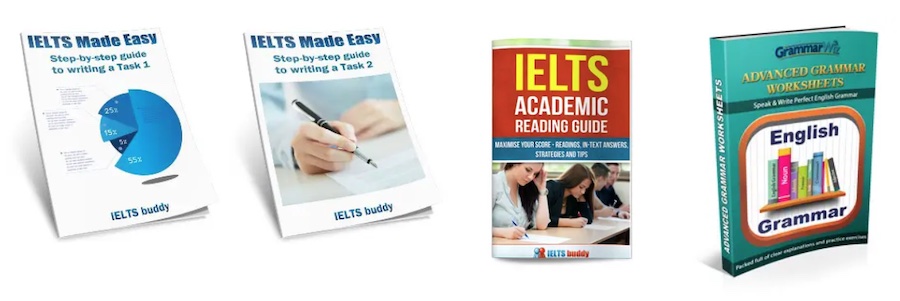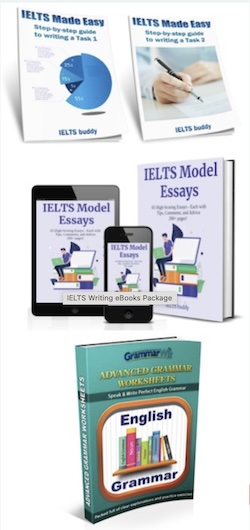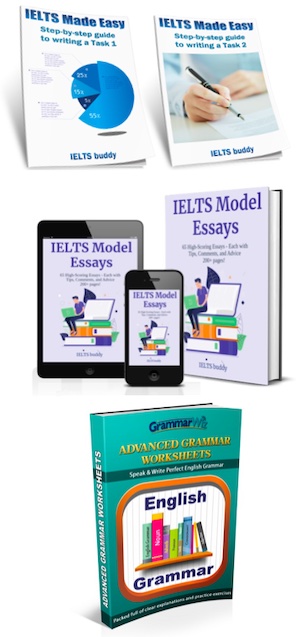- Home
- IELTS Writing Task 2
- Coherence and Cohesion
Improve Coherence and Cohesion in IELTS Writing Task 2
Coherence and cohesion in IELTS writing is essential if you want to elevate your essays but many candidates fall into the trap of overcomplicating their essays by using complex linking words and unnecessarily twisted sentence structures.
This guide will show you how to improve the flow and clarity of your essay using simple but effective techniques.
Understanding Coherence and Cohesion
In the IELTS Writing test, cohesion refers to how well your ideas link together, while coherence is how clear and logical your argument is. These two criteria account for 25% of your writing score. Mastering them doesn't require fancy vocabulary or complicated sentences; instead, it’s about making your ideas flow smoothly from one point to the next.
At the end of the day, ensuring the examiner understands what you’re saying is more important than the amount of complex sentence structures you manage to work into your answers.
How to Improve Cohesion
Use Linking Words Sparingly and Effectively
Linking words are important, but too many can make your writing feel forced. Instead, use them when needed to guide the reader from one idea to another. Some of the most useful (and simple) linking words include:
- For adding information:
"Moreover," "Also," "In addition" - For contrasting ideas:
"However," "On the other hand," "In contrast" - For giving examples:
"For example," "For instance," "such as" - For concluding:
"In conclusion," "To sum up," "Overall"
Here you will find a list of more common transition words.
Tip: Avoid using too many complex linking words like "Notwithstanding" or "Nevertheless" unless you’re fully confident in their usage. Simple words often do the job more effectively.
Important note:
Overusing simplistic transition words can make your writing look mechanical and limit your Coherence and Cohesion score to band 6. So it's about getting the right balance for your level and the band you need. We have a useful video explaining how to manage cohesive words and phrases for a band 7 and up.
Use Pronouns and Synonyms for Cohesion
Pronouns and synonyms help to avoid repetition and make your writing more cohesive. For example:
- Instead of repeating "The government" multiple times, you could alternate with the pronoun "It" or "This institution."
- Use synonyms to vary your language. If you mention "global warming" later you can refer to it as "climate change."
Tip: Ensure that the synonyms you use are accurate and don’t change the meaning.
Use Demonstratives
Demonstratives are this, that, these, and those. They are again a great way to improve coherence and cohesion in IELTS writing as you can refer back to what has been said without repeating everything again.
- People spend hours of their time online, chatting and in forums. Although this can be beneficial, it is certainly not the same as real interaction with human beings.
- The repatriation of historical objects and artefacts to their countries of origin has sparked intense debates. In my opinion, these items should be returned.
Note: It should always be clear what the demonstrative is referring back to.
How to Improve Coherence
Structure Your Essay Clearly
A well-structured essay makes it easier for the reader to follow your argument. Follow the basic IELTS essay structure:
- Introduction: Paraphrase the question and introduce your main points/opinion.
- Body Paragraph 1: Introduce your first point(s), provide an explanation, and support it with examples.
- Body Paragraph 2: Introduce your second point(s), provide an explanation, and support it with examples.
- Conclusion: Summarise your key points and restate your position.
Tip: Keep each paragraph focused on one main idea. Avoid squeezing too many points into a single paragraph, as this can confuse the reader.
Use Topic Sentences
This is something a lot of candidates actually forget to do once they start writing and get caught up in their own rambling. Each body paragraph should begin with a topic sentence that introduces the main idea of the paragraph. This helps the reader understand what to expect and improves coherence. For example:
- Bad topic sentence: “Many people think that climate change is an issue.”
- Good topic sentence: “One of the key reasons for climate change is the excessive burning of fossil fuels.”
Tip: Always follow your topic sentence with supporting information and examples.
Stick to Your Level
It’s common to think that using lengthy sentences will impress the examiner. However, as noted above with using transitions for cohesion, to improve coherence and cohesion in IELTS writing it’s usually best to stick to the level of language that you’re comfortable with.
Attempting very advanced structures without being able to use them confidently can lead to mistakes, which may lower your score. Instead, focus on writing clearly and accurately.
Sentence length: Avoid packing too many ideas into one sentence if it makes your writing unclear. Breaking complex sentences into two simpler sentences is often more effective. For instance:
- Complex sentence (for band 8 or 9): “Although climate change is a serious issue that has garnered significant attention worldwide, many governments have yet to take meaningful action.”
- Simplified version (for lower bands): “Climate change is a serious issue that has gained global attention. However, many governments have not taken meaningful action.”
Summing Up
Improving coherence and cohesion in IELTS writing takes time and a lot of practice. Start by writing short essays and reviewing how well your ideas flow from one sentence and paragraph to the next. You can also use sample IELTS essays to see how they maintain clear, logical connections throughout. These steps will help you achieve a higher score without overcomplicating your writing.
Comments
Any comments or questions about this page or about IELTS? Post them here. Your email will not be published or shared.















